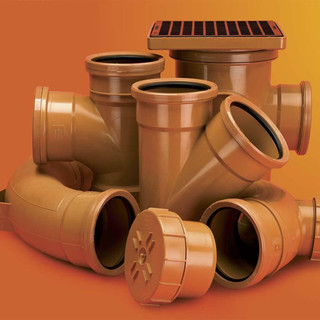Down The Drain
- Steve Evans
- Oct 7, 2017
- 2 min read
We have always found drainage a fascinating part of any project. Cutting in to an old drainage system six or seven feet below ground level and often being the first person to come into contact with those old pipes since a tradesmen installed them a hundred years or more in the past makes a unique connection with the soul of the building.
With a new build it is usually a series of trenches and a lego kit of plastic parts joined together across the plot. The test is always a tense moment when the drainage inspector comes to site and the new drainage has to stand up to an air pressure test witnessed by the inspector. These days we use the services of HPGS Ltd who can certify their own work.
With the new house we had to break into the sewer and bring the new lines onto the site via the garden of the existing house at the back of the plot. (That process was covered in an early blog) In the past the new drainage for the house would have been such a network of brown underground plastic pipes but partly in response to the recent and repeated flooding across the country Building Regulations have changed and our drainage system had to incorporate a storm water response system.
Our structural engineers Create, designed the system and their Principal, Paul Jenkins explains the system here:
"Designing drainage schemes for inner city developments is significantly harder and more costly than ever before.
Scottish Water the main Approval Authority for most new schemes in Scotland have developed very onerous conditions for people wanting to build on sites within cities. Whilst all foul drainage must be taken by the Scottish Water infrastructure for the stormwater it is a completely different matter.
On account all the main infrastructure across Scotland has not really been developed and increased over the last 100 years, Scottish Water has decreed that only very small discharge rates will be allowed for stormwater leaving a particular site.
Whilst there are many different methods for doing this, at Tipperlinn Road, the only suitable solution was for attenuation storage with a restricted discharge device before the drains connected to the Scottish Water sewer.
Simply put we had to create a large below ground holding tank which could store all the rainwater that lands on the site. A throttle, technically called a “Hydrobrake” , installed downstream acted as the restrictor to ensure the water “trickles” out of our site into the sewer." PJ
















































Comments